Semiconductors are a critical component of most of our day-to-day accessories and electronics.
You may have read in the news that there is a great shortage of semiconductors across several industries. This puts a lot of companies under supply-chain issues.
McKinsey recently published an article outlining how semiconductor companies should most efficiently approach the supply shortage.
Once semiconductor supply chain issues begin to subside, companies in the sector should be able to profit handsomely from booming demand.
We’ll outline some of the best semiconductor ETFs in Canada below and cover some of their features.
Best Semiconductor ETFs in Canada
Since there aren’t many semiconductor ETFs focused solely in Canada, I’ve included several American choices below.
- Horizons Global Semiconductor Index ETF (CHPS.TO)
- VanEck Semiconductor ETF (SMH)
- SPDR S&P Semiconductor ETF (XSD)
- iShares Semiconductor ETF (SOXX)
- Invesco PHLX Semiconductor ETF (SOXQ)
1. Horizons Global Semiconductor Index ETF
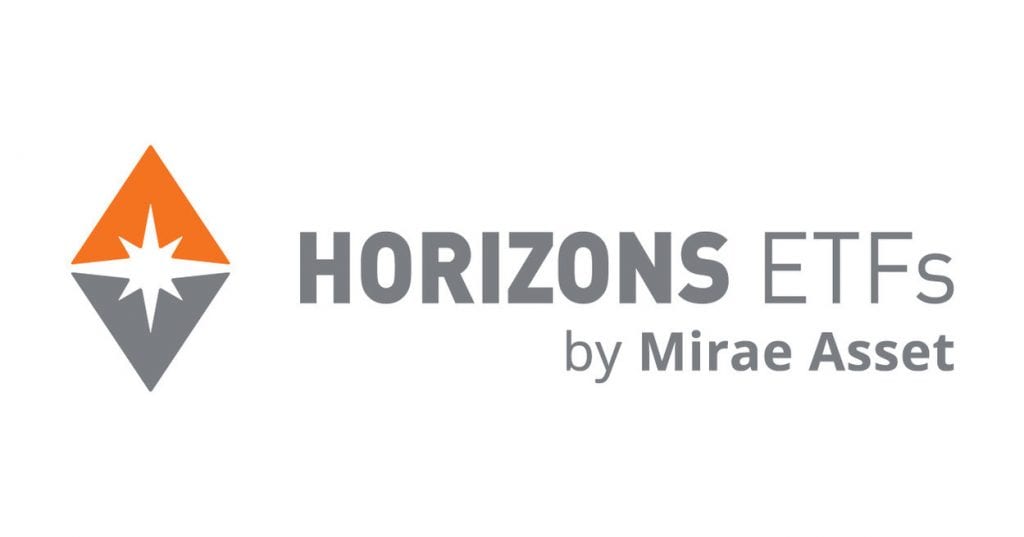
- Ticker: CHPS.TO
- Inception Date: June 21, 2021
- Assets under Management: $40.63 million
- Management Expense Ratio: 0.45%
- Annualized Yield: 0.71%
- Listed on: Toronto Stock Exchange
- Stock Price: $34.89
- YTD Return: 4.07%
The only semiconductor-focused ETF available in Canada at the moment is the Horizons Global Semiconductor Index ETF. CHPS invests in global companies involved in the production and development of semiconductors and semiconductor equipment.
CHPS is a passively-managed ETF that tracks the Solactive Capped Global Semiconductor Index.
The ETF is fairly small and has a relatively high MER for a global passive stock ETF. Although it is a global fund, it has a high allocation to US companies. CHPS is fairly concentrated across a small number of stock holdings
The ETF hedges the US dollar value of its portfolio against the Canadian dollar at all times. It does not pay a specified yield per year, making it inappropriate for investors looking for income.
As the only Canadian option currently available on the Toronto Stock Exchange, CHPS is a great way to access the semiconductor sector as a Canadian investor.
2. VanEck Semiconductor ETF
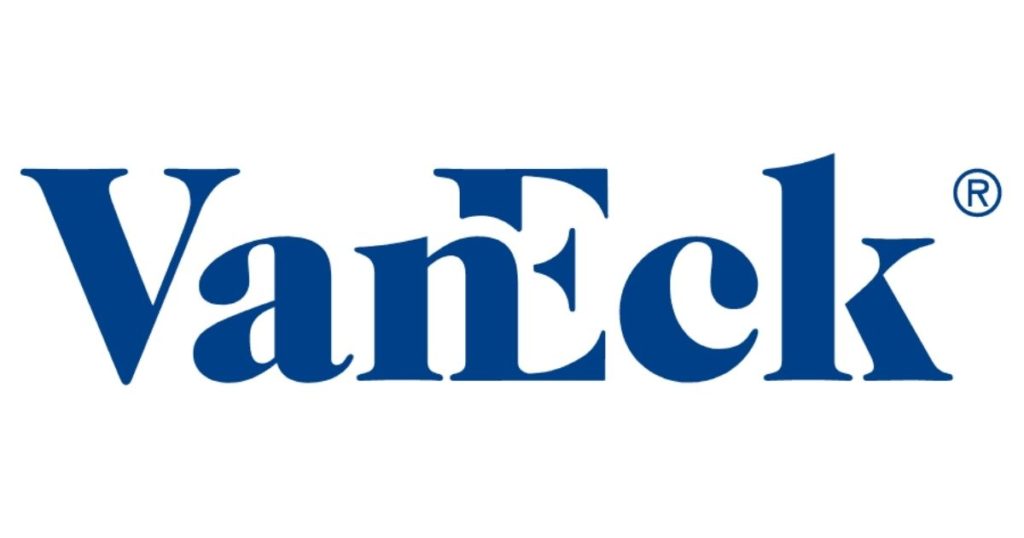
- Ticker: SMH
- Inception Date: December 20, 2011
- Assets under Management: $9.42 billion
- Management Expense Ratio: 0.35%
- Listed on: NASDAQ
- Annualized Yield: 0.83%
- Stock Price: $199.3
- YTD Return: 6.29%
Semiconductor ETFs are much more prevalent on exchanges in the US. The first of these options is the VanEck Semiconductor ETF. The ETF has a global semiconductor focus with a high geographical allocation to the US.
SMH passively tracks the MVISUS Listed Semiconductor 25 Index. It has a long performance track record.
The ETF is massive in size and has an average MER for a global stock ETF. SMH is very concentrated, with only 25 stock holdings in its portfolio.
SMH does not hedge its global currency exposure, which will impact your total returns. It also pays a small dividend yield, distributed annually.
Since SMH trades on the NASDAQ exchange, it will have to be purchased in US dollars on the US side of your investment accounts.
SMH is a great semiconductor ETF to add to your portfolio on the US side of your accounts.
3. SPDR S&P Semiconductor ETF

- Ticker: XSD
- Inception Date: January 31, 2006
- Assets under Management: $1.38 billion
- Management Expense Ratio: 0.35%
- Listed on: New York Stock Exchange
- Annualized Yield: 0.36%
- Stock Price: $218.28
- YTD Return: -6.34%
Another large semiconductor ETF listed in the US is the SPDR S&P Semiconductor ETF. XSD is a passive ETF that tracks the S&P Semiconductor Select Industry Index. The ETF has a US semiconductor focus and invests in approximately 40 stock holdings.
XSD has a very long performance track record. The ETF is very large in terms of assets and has the same MER as SMH.
XSD is not hedged against the Canadian dollar, and it will have to be purchased on the US side of your investment accounts. Currency fluctuations between the Canadian dollar and the US dollar will affect your total return.
XSD pays an extremely low yield and pays its distributions quarterly. The ETF is another great option for adding semiconductor exposure to the US side of your investment accounts.
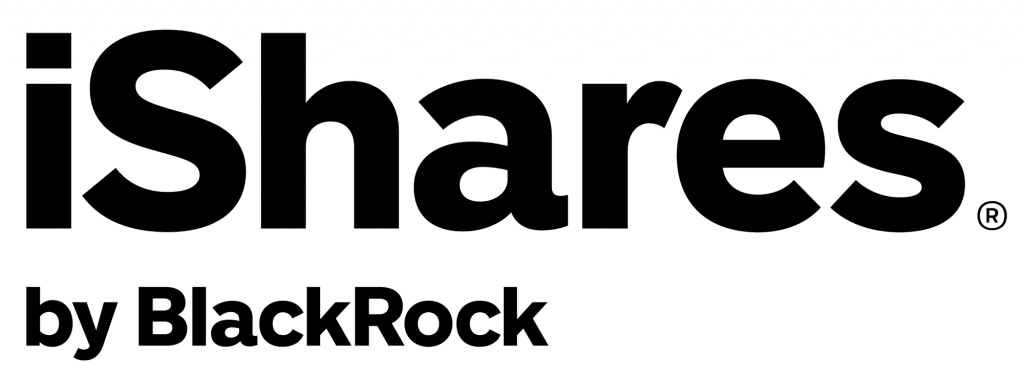
- Ticker: SOXX
- Inception Date: July 10, 2001
- Assets under Management: $8.46 billion
- Management Expense Ratio: 0.40%
- Listed on: NASDAQ
- Annualized Yield: 0.94%
- Stock Price: $615.38
- YTD Return: 1.81%
A third massive US-listed ETF is the iShares Semiconductor ETF. SOXX is a passive ETF that tracks the ICE Semiconductor Index. SOXX also focuses on US semiconductor stocks and is slightly more concentrated than XSD.
The ETF has approximately 30 stock holdings.
SOXX has the longest performance track record on our list so far. Since it has to be purchased in US dollars, your total return will be affected by fluctuations between the US dollar and the Canadian dollar.
The ETF pays a small dividend yield, similar to SMH, and pays out distributions on a quarterly basis.
SOXX does come with a higher MER than both SMH and XSD. This makes it less attractive as a US-listed option for adding semiconductor exposure.
5. Invesco PHLX Semiconductor ETF
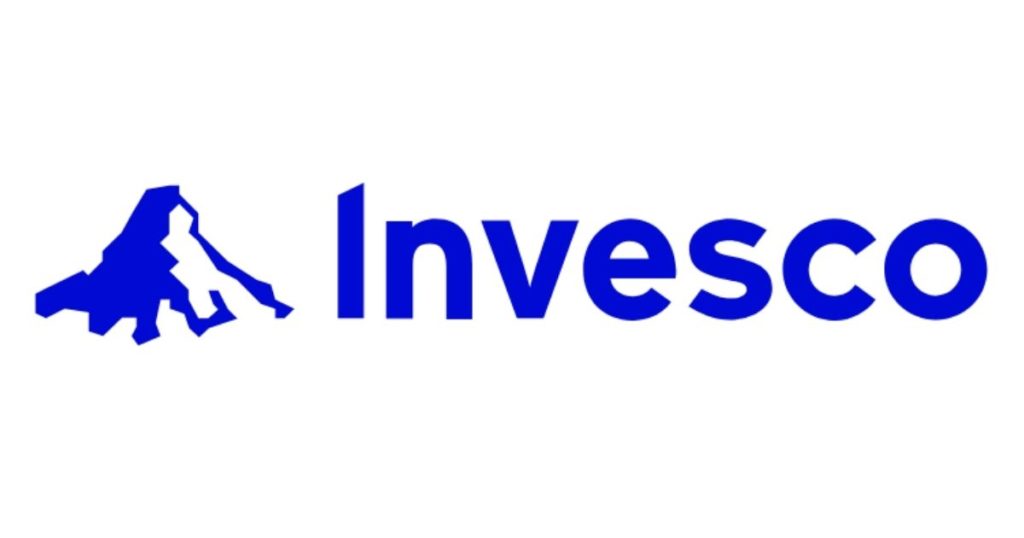
- Ticker: SOXQ
- Inception Date: June 11, 2021
- Assets under Management: $142.23 million
- Management Expense Ratio: 0.19%
- Listed on: NASDAQ
- Annualized Yield: 1.03%
- Stock Price: $35.23
- YTD Return: 2.07%
The last US-listed semiconductor ETF is offered by Invesco. SOXQ is another passive ETF that tracks the PHLX Semiconductor Sector Index. The ETF invests in the 30 largest US companies involved in the semiconductor sector.
Since the ETF aims for 30 stock holdings, it is extremely concentrated.
SOXQ has a very short performance track record. It will also have to be purchased in US dollars on the US side of your investment accounts. Currency fluctuations between the US dollar and the Canadian dollar will impact your total return.
Relative to the other US-listed ETFs on our list, SOXQ is very small in size. The ETF pays a decent dividend yield and offers distributions on a quarterly basis.
Despite its recent inception, SOXQ is offered at a significantly lower MER than the other ETFs on our list.
If you are a cost-conscious investor that is looking to add US dollar semiconductor exposure, SOXQ is a great option.
Future of the Semiconductor Industry
The future of the semiconductor industry, while bright, holds several challenges. As the world becomes increasingly digitized, the demand for semiconductors, being the lifeblood of most electronics, will only rise.
The Internet of Things (IoT), Artificial Intelligence (AI), and 5G technology are set to be major demand drivers. With every device getting smarter, the semiconductor content in each device is on the rise.
However, the industry’s growth isn’t without hurdles. Advanced semiconductor manufacturing is becoming more complex and capital-intensive. This necessitates heavy investments in research and development.
Geopolitical tensions and calls for self-reliance in semiconductor production may lead to a splintering of the global semiconductor supply chain, leading to potential inefficiencies. For investors, the semiconductor industry presents both opportunities and risks.
How to Buy the Best Semiconductor ETFs in Canada
The cheapest way to buy ETFs is from discount brokers. My top choices in Canada are:
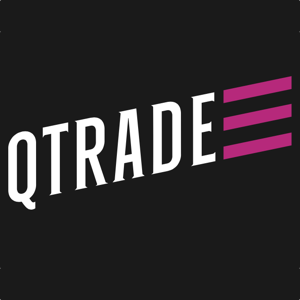
- 105 commission-free ETFs to buy and sell
- Excellent customer service
- Top-notch market research tools
- Easy-to-use and stable platform

- Stock and ETF buys and sells have $0 trading fees
- Desktop and mobile trading
- Reputable fintech company
- Fractional shares available
To learn more, check out my full breakdown of the best trading platforms in Canada.
Conclusion
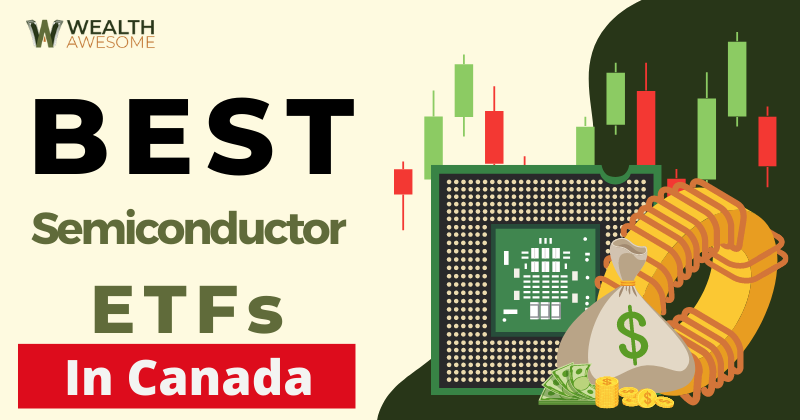
Current supply chain issues are likely preventing the semiconductor sector from operating at full capacity.
If the business environment changes down the road, semiconductor stocks will likely perform well due to their use in a lot of appliances and electronics.
A lot of the ETFs on our list are only focused on US semiconductor stocks and have very few stock holdings. These funds are ideally implemented as a sleeve within a well-diversified portfolio.
When building a portfolio, remember to consider both proper asset allocation and geographic diversification. It’s important to match your portfolio to your risk tolerance and overall goals.





